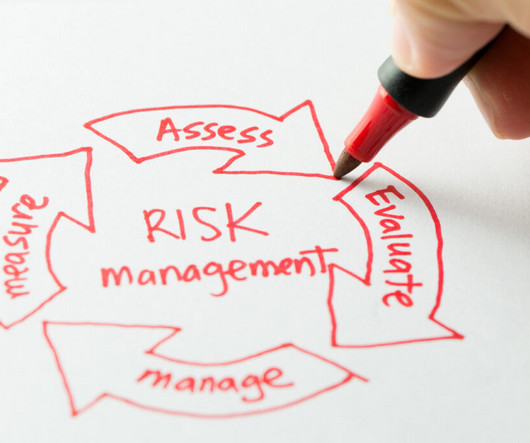Planning an Internal Audit Risk Assessment
FloQast
NOVEMBER 20, 2023
Internal auditing ensures an organization’s financial integrity, compliance with regulations, and overall operational efficiency. One of the first steps in carrying out an effective internal audit is to perform an internal audit risk assessment. What Is an Internal Audit Risk Assessment?












Let's personalize your content